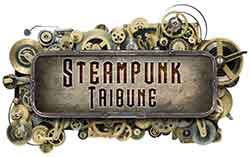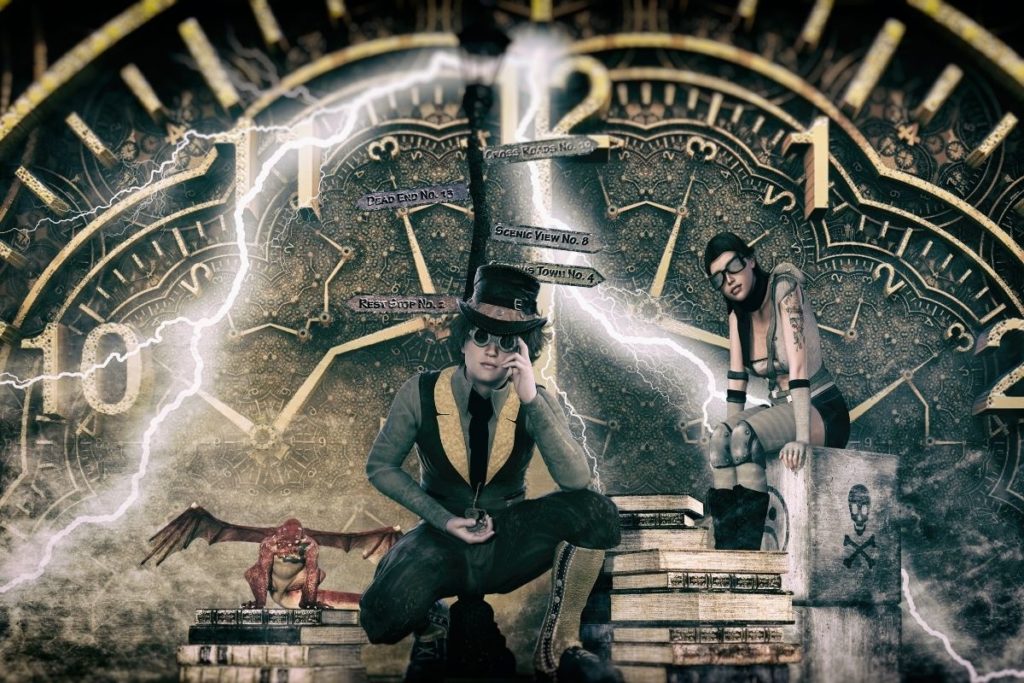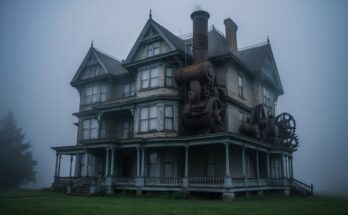Steampunk and science fiction are two distinct genres, although they share some common elements and influences. Steampunk is a subgenre of science fiction that typically features steam-powered machinery, Victorian-era settings, and technology that is advanced for the time period. Science fiction, on the other hand, is a broader genre that encompasses many different subgenres and themes, including futuristic technology and space exploration. While steampunk often incorporates elements of science fiction, it is primarily focused on the intersection of technology and history in a fictionalized version of the Victorian era. In contrast, science fiction can take place in any time period, including the present, the future, and even the distant past.
What are the main elements of steampunk
The main elements of steampunk typically include a combination of the following:
Victorian-era settings and aesthetic, including Victorian-inspired clothing and architecture
Steam-powered machinery and technology, often with a retro-futuristic twist
A focus on the intersection of history and technology, with an emphasis on the imaginative re-imagining of the past
Elements of science fiction, fantasy, and horror, including fantastical and imaginative elements
A DIY and maker culture, with a focus on creating one’s own steampunk-inspired creations and designs
A sense of nostalgia and adventure, often with a focus on exploration and discovery.
Some other common themes in steampunk include alternate histories, airships and other forms of air travel, and clockwork and mechanical devices. Steampunk often incorporates elements of the supernatural, such as ghosts and other supernatural phenomena. It also often features a strong sense of community and the celebration of creativity and imagination.
What are the main elements of science fiction
The main elements of science fiction are:
- Imaginary, futuristic technology and scientific concepts
- The exploration of new worlds, both in space and on Earth
- The impact of scientific and technological change on society and individuals
- The investigation of the possibilities of the future, both positive and negative
- A sense of wonder and the exploration of the unknown
- Some other common themes in science fiction include:
- Time travel
- Artificial intelligence
- Aliens and extraterrestrial life
- Parallel universes and alternate realities
- Post-apocalyptic and dystopian worlds
- The exploration of ethical and moral dilemmas posed by new technologies and scientific advances
While steampunk is a subgenre of science fiction, it is typically distinguished by its focus on the intersection of history and technology, and its emphasis on the imaginative re-imagining of the past. Science fiction, on the other hand, can take place in any time period, including the present, the future, and even the distant past.




